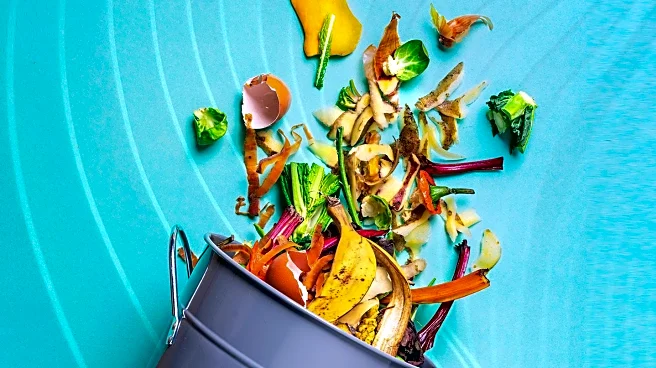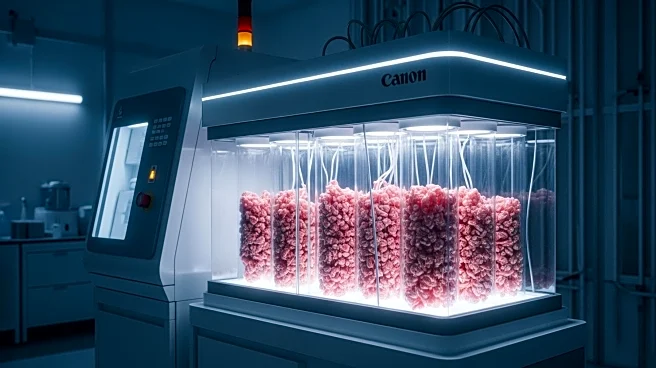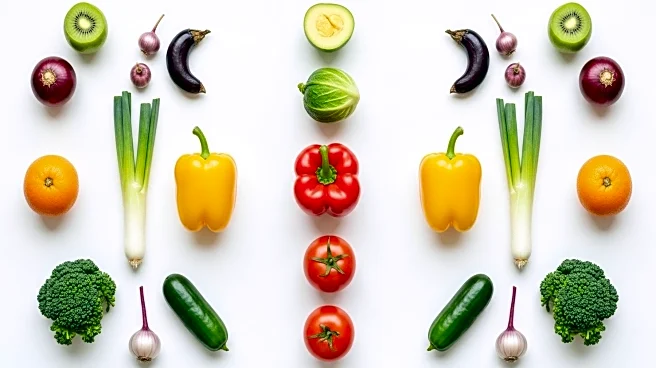What is the story about?
What's Happening?
A study led by Lisa Zimmermann from the Food Packaging Forum in Zurich, along with collaborators from Eawag in Switzerland and the Norwegian University of Science and Technology, has mapped the presence of microplastics in food due to plastic packaging and kitchen utensils. The research analyzed 103 studies, finding that most reported microplastics in foods or test liquids that had contact with plastic packaging or tools. The study emphasizes the need for better methods and consistent reporting to compare results across labs. It suggests practical ways to reduce exposure to microplastics, such as using glass or stainless steel for storage and avoiding plastic tea bags.
Why It's Important?
The presence of microplastics in food raises concerns about health risks, as studies have linked microplastics in human tissues to increased risks of heart attack, stroke, or death. The research calls for regulatory actions to test particle migration from packaging under real-use conditions, which could lead to safer product designs and informed consumer choices. Reducing microplastic exposure is crucial for public health and environmental sustainability, as these particles are pervasive in the environment and can have long-term impacts.
AI Generated Content
Do you find this article useful?














